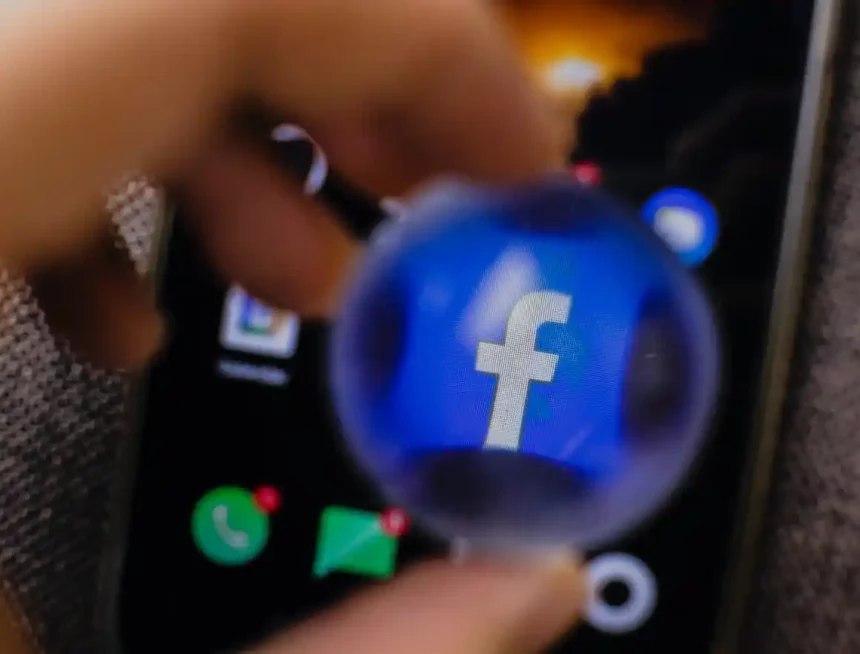Meta, formerly known as Facebook, has expanded its Broadcast Channels feature to include Facebook and Messenger platforms. This new feature allows creators to engage with their audience through group chats, where they can share various forms of content such as voice notes, videos, images, polls, and text messages.
By introducing broadcast channels, Meta aims to enhance user engagement and provide a unique blend of mass communication and intimate chat-like interactions. While this feature has proven successful on Instagram, the challenge for Meta will be to ensure users find value in these channels without feeling overwhelmed by notifications. Nonetheless, this strategic move has the potential to shift influencer engagement towards Facebook and Messenger.
Meta expands Broadcast Channels to Facebook and Messenger
Introduction
Meta, the parent company of Facebook, has recently expanded its Broadcast Channels feature to include Facebook and Messenger. This move aims to boost user engagement and provide creators with a new avenue to connect with their audience. Broadcast Channels function as vast yet controlled group chats, where creators can share various forms of content with their followers, such as voice notes, videos, images, polls, and plain text messages. In this article, we will explore how Broadcast Channels work, the potential impact on user engagement, considerations for users, the replication of functionalities across platforms, and the strategic implications for Meta.
How Broadcast Channels work
Broadcast Channels on Facebook and Messenger operate similarly to group chats, where creators can invite their audience to join and share content. Whenever the creator shares new content, all the members of the channel receive a notification. This feature allows for a blend of mass communication and chat-like intimacy, providing followers with an appealing avenue to interact with their favorite creators. The introduction of Broadcast Channels on Instagram has already proven successful in driving user engagement, and Meta aims to replicate this success on Facebook and Messenger.
Trialing the feature on Facebook Pages
To initially trial the Broadcast Channels feature, Meta has made it available for Pages on Facebook. Pages representing celebrities, brands, or other entities can initiate a channel, and their followers can join directly from their Page. This trial phase allows Meta to gather user feedback and assess the feature’s effectiveness before potentially expanding it to other areas of the platform.
The potential impact on user engagement
The introduction of Broadcast Channels to Facebook and Messenger has the potential to significantly impact user engagement. By providing a dedicated space for creators to share content with their followers, it creates a sense of exclusivity and fosters deeper connections between creators and their audience. The ability to receive notifications whenever new content is shared ensures that followers stay informed and engaged, driving increased interaction and participation.
Considerations for users
While Broadcast Channels offer a unique opportunity for users to engage with their favorite creators, there are some considerations to keep in mind. The frequency of notifications from multiple channels may become overwhelming for some users, leading them to be more selective about the channels they join. It will be important for users to find a balance between staying informed and avoiding notification fatigue. Additionally, the replication of functionalities across platforms might blur the boundaries between Facebook, Messenger, and Instagram. Users may question the unique value proposition of each platform if similar features are available on all three.
Replication of functionalities across platforms
One potential drawback of introducing Broadcast Channels on Facebook and Messenger is the replication of functionalities across multiple platforms. While it provides users with a consistent experience, it might dilute each platform’s unique value proposition. Meta has previously solved the challenge of cross-platform functionality in areas like direct messaging. However, the need to join separate channels on both platforms for one creator may seem redundant and can lead to notification fatigue. Balancing the replication of functionalities with the distinct features of each platform will be crucial for Meta’s success.
Strategic move for Meta
Expanding Broadcast Channels to Facebook and Messenger can be seen as a strategic move for Meta. Building on the success of this feature on Instagram, Meta aims to shift influencer engagement toward Facebook and Messenger. By providing creators with a new avenue to reach their audience, Meta strengthens its ecosystem and increases user engagement across its platforms. This move aligns with Meta’s objective to enhance user experiences and foster deeper connections within its social media networks.
Shifting influencer engagement toward Facebook and Messenger
The introduction of Broadcast Channels on Facebook and Messenger presents an opportunity for creators to diversify their presence and engage with their audience in new ways. Previously, Instagram was the primary platform for influencer engagement, but now Facebook and Messenger offer another channel for creators to explore. This shift may attract influencers who prefer the functionalities and user base of Facebook and Messenger, ultimately driving more influencer content and engagement on these platforms.
Balancing content delivery and user preference
While expanding Broadcast Channels to Facebook and Messenger can provide creators with additional avenues to deliver content, it is crucial to balance this with user preference. Users have different preferences when it comes to content consumption and interaction. Some may prefer the intimate chat-like experience provided by Broadcast Channels, while others may prefer to engage with creators through other means like comments or direct messages. Meta needs to ensure that the introduction of this feature does not overshadow or replace existing methods of user engagement, but rather provides users with more choices and opportunities to connect with their favorite creators.
Conclusion
Meta’s expansion of Broadcast Channels to Facebook and Messenger demonstrates its commitment to enhancing user engagement and providing creators with new avenues for interaction. By introducing this feature, Meta aims to replicate the success it has seen on Instagram and shift influencer engagement toward Facebook and Messenger. However, users should consider the frequency of notifications and the potential blurring of boundaries between platforms. Balancing content delivery with user preference will be essential to ensure the sustained success of Broadcast Channels on Facebook and Messenger.
